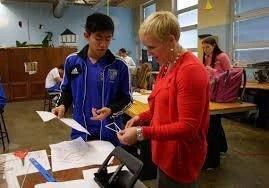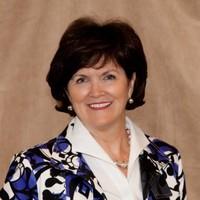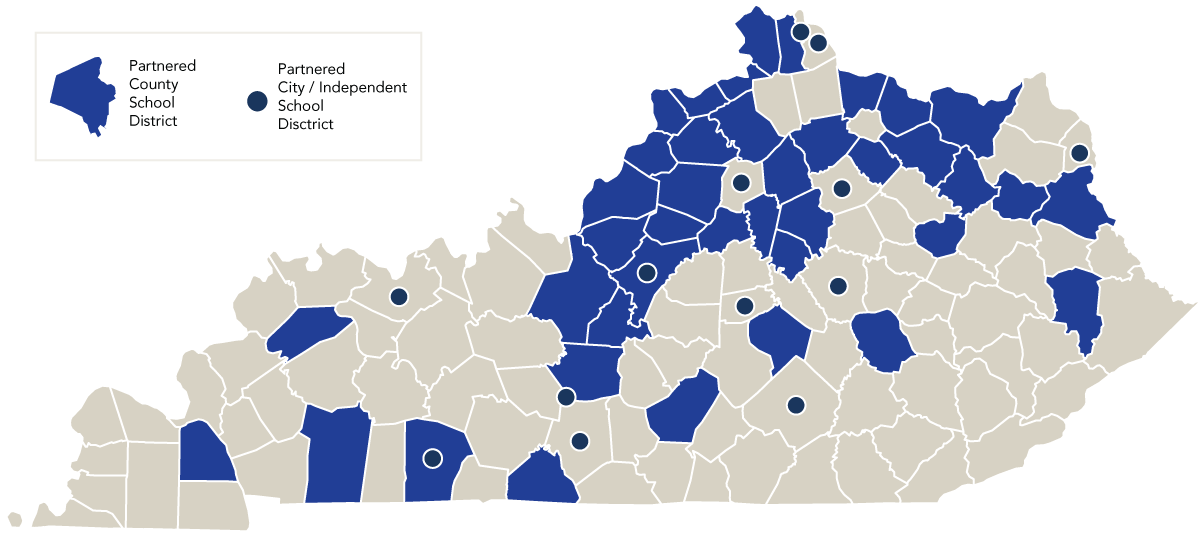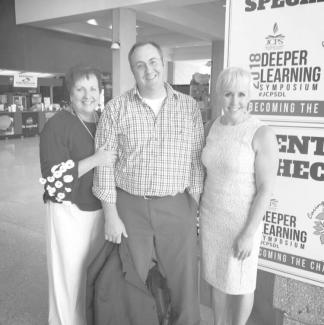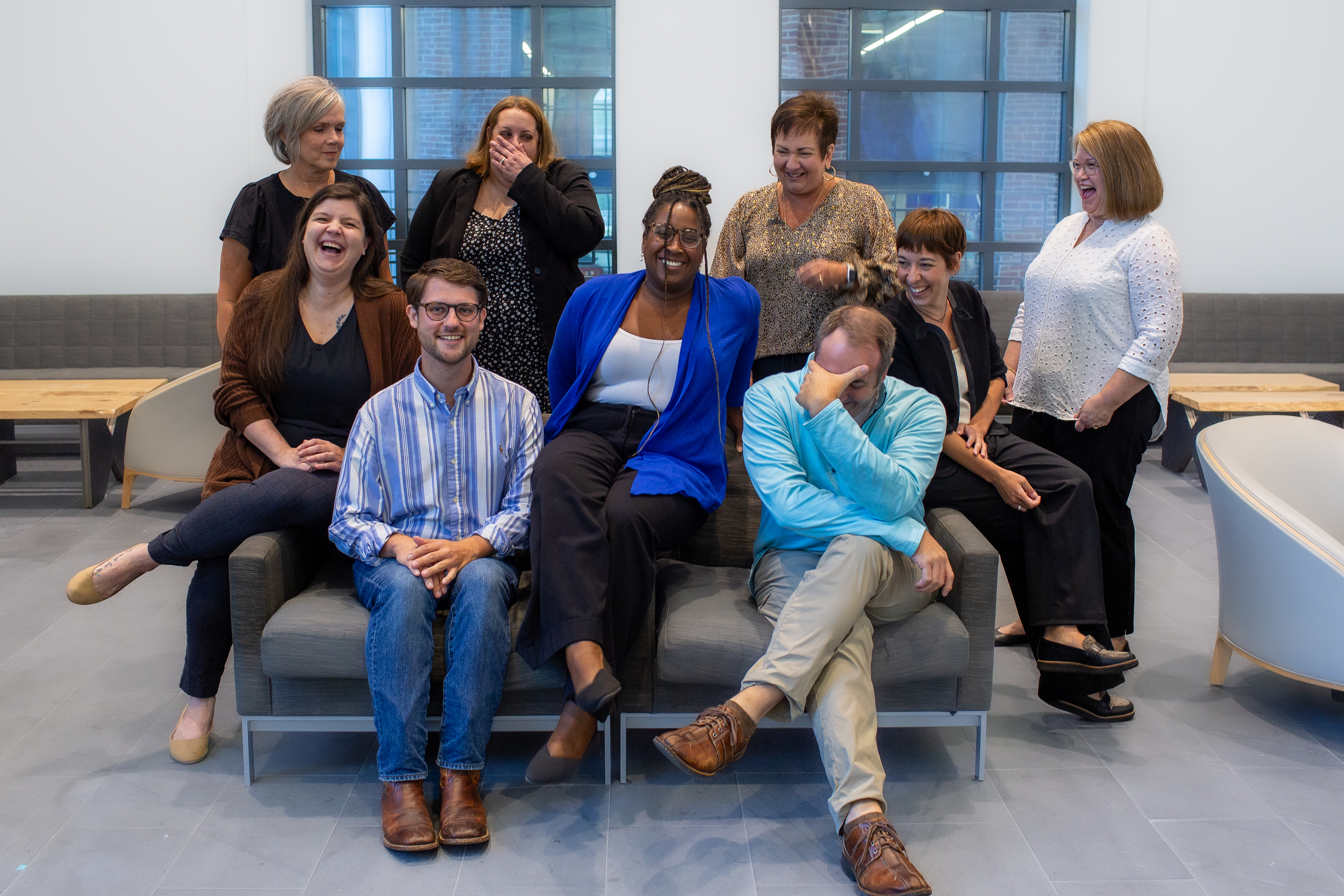The Center for Next Generation Leadership is the product of deep roots and some initial steps that seeded our current model. Kentucky has, for generations, prioritized "next generation" learning with the most significant efforts taking place in the 1980's and 1990's in the lead-up and passage of the Kentucky Educational Reform Act of 1990 after the landmark Rose v. Council for Better Education ruling. The legacy of the educational leaders during that time, and countless others that advanced learning in the Commonwealth, still resonates with us today in our work at the Center.
The Center itself was initially seeded in the Fall of 2009. In Danville local superintendents, including Carmen Coleman who would later work for the Center, were hosting a community forum looking to cast a new vision for their districts. This coincided with the arrival at the UK College of Education of a new Dean, Mary John O'Hair, who attended that evening with Justin Bathon, an early career professor at the time. Dean O'Hair had previously built the K-20 Center at the University of Oklahoma and arrived in her new role with a mandate from then President Lee Todd of UK to integrate the College of Education into a leadership role in advancing education in Kentucky. These early seeds led to conversations and steps to establish an Academy where leaders of schools and districts might work together with UK to improve schools.

